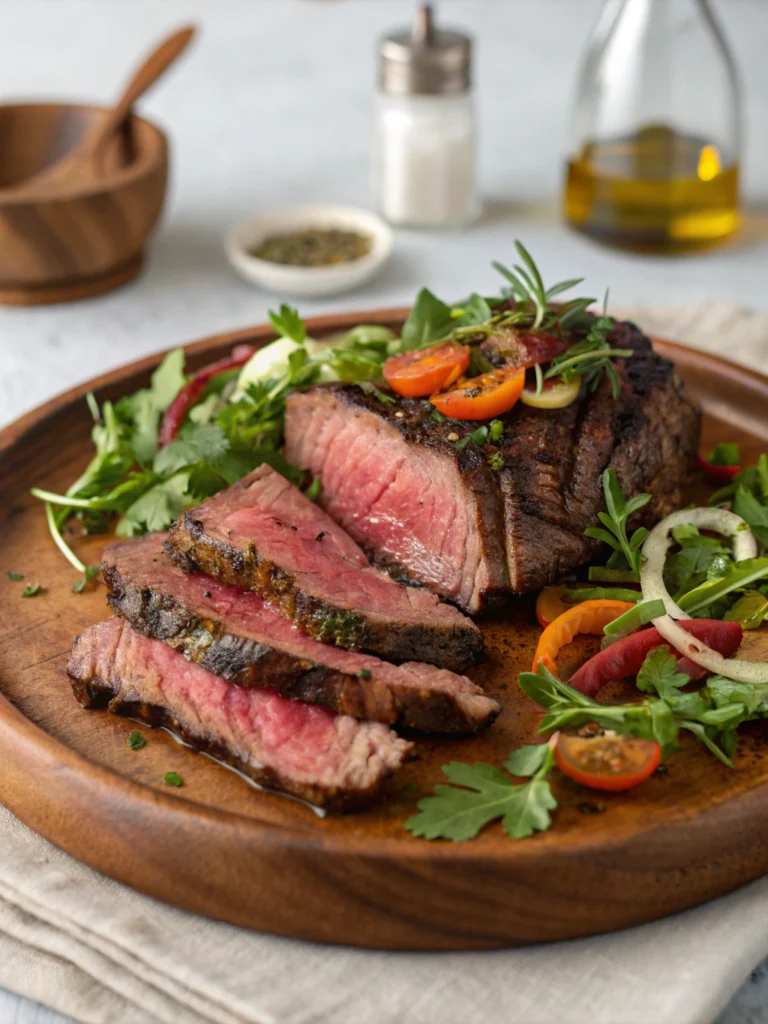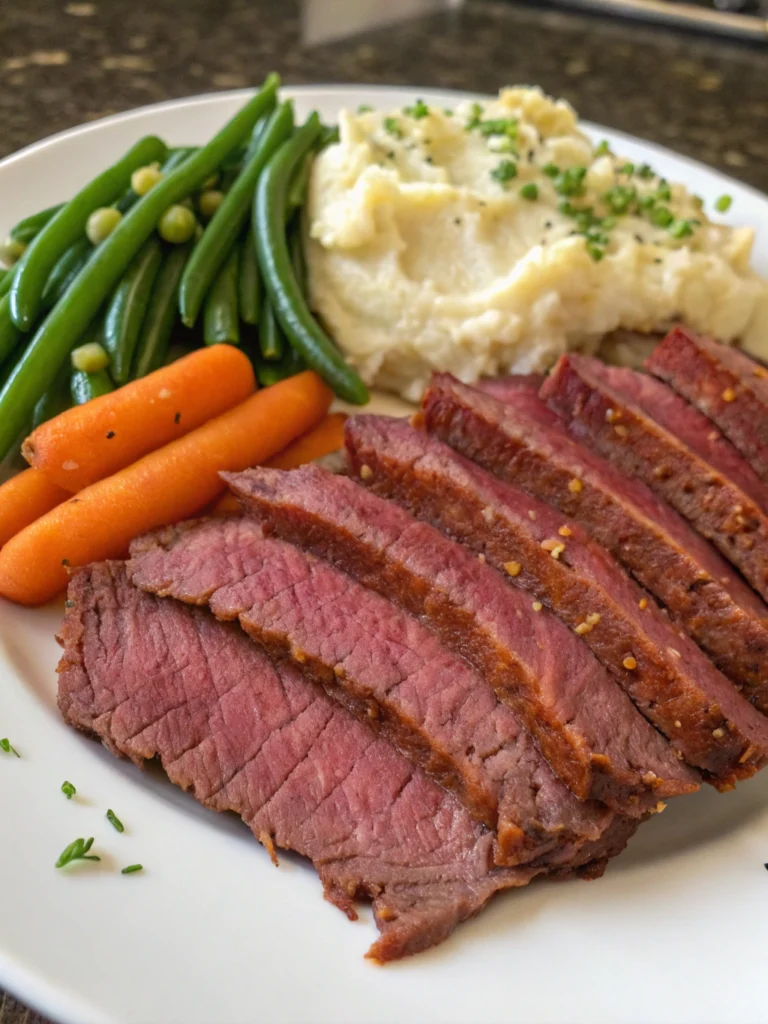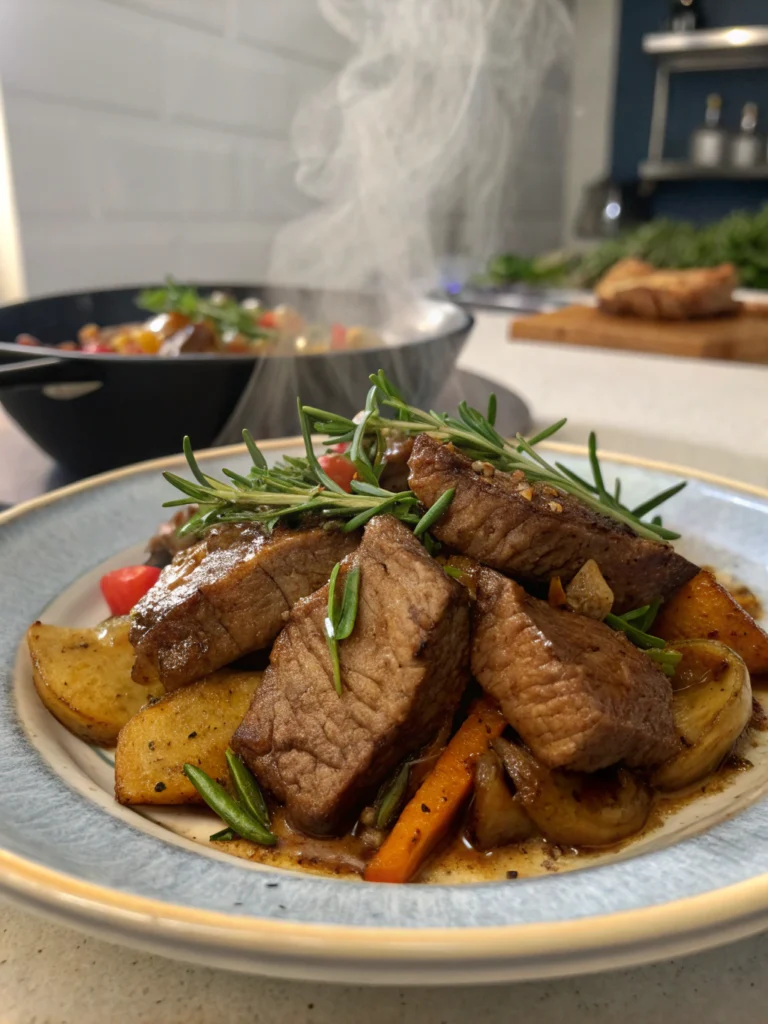Deliciously Simple: What You Can Cook with Ground Beef Recipes
Unlocking the Versatility of Ground Beef
Did you know that the average American consumes approximately 55 pounds of ground beef annually, making it one of the most versatile proteins in our kitchens? Yet surprisingly, studies show that most home cooks only use ground beef in 3-4 repetitive recipes, missing out on its incredible culinary potential. Ground beef recipes offer an exceptional combination of affordability, flavor adaptability, and cooking efficiency that few other proteins can match. Whether you’re preparing a quick weeknight dinner or planning a weekend feast, ground beef provides a foundation for countless delicious meals across various cuisines and cooking styles.
From classic comfort foods to innovative international dishes, ground beef transforms easily while absorbing flavors beautifully. This adaptability makes it perfect for busy households seeking nutritious, satisfying meals without breaking the bank. Let’s explore how this kitchen staple can revolutionize your cooking repertoire with creative and accessible ground beef recipes that go far beyond the basic burger or meatloaf.
Table of Contents
Ingredients for Versatile Ground Beef Cooking
The beauty of ground beef recipes lies in their adaptability. Here are the foundation ingredients that pair exceptionally well with ground beef:
- Ground beef: Opt for 80/20 lean-to-fat ratio for the best flavor and moisture balance (90/10 works well for healthier options)
- Aromatics: Onions, garlic, carrots, celery (the classic mirepoix trio enhances depth)
- Herbs and spices: Paprika, cumin, oregano, thyme, rosemary, bay leaves
- Binding agents: Eggs, breadcrumbs, cooked rice (for meatballs, meatloaf)
- Liquids: Beef broth, tomato sauce, wine, Worcestershire sauce
- Vegetables: Bell peppers, zucchini, mushrooms, corn
- Starches: Pasta, rice, potatoes, tortillas
Substitution suggestions: Replace ground beef with ground turkey (for lower fat), plant-based alternatives (for vegetarian options), or ground chicken (for a lighter flavor profile). For gluten-free options, use crushed gluten-free crackers or cooked quinoa instead of traditional breadcrumbs.
Timing: Efficient Meal Solutions
The time efficiency of ground beef recipes makes them ideal for various cooking scenarios:
- Preparation time: 10-15 minutes (30% less prep time than whole-cut meats)
- Cooking time: 15-30 minutes for most stovetop recipes; 30-60 minutes for baked dishes
- Total time range: 25-75 minutes, depending on complexity
- Quick-cook options: Tacos, sloppy joes, and skillet meals ready in under 30 minutes
- Meal prep advantage: Many ground beef recipes can be prepared ahead and refrigerated or frozen, saving 45-60 minutes on busy weeknights
Step-by-Step Instructions for Ground Beef Mastery
Step 1: Selecting and Preparing Your Ground Beef
Choose fresh ground beef with a slight pink color and minimal liquid in the package. For best results, bring refrigerated beef to room temperature for 15-20 minutes before cooking. Season the meat before cooking to enhance flavor development throughout the cooking process.
Step 2: Mastering the Browning Technique
Heat a skillet over medium-high heat until hot. Add the ground beef in an even layer without overcrowding the pan (work in batches if needed). Allow it to develop a golden-brown crust before breaking it into smaller pieces with a wooden spoon or spatula. This caramelization creates the rich umami flavor that elevates your dishes.
Step 3: Draining and Seasoning
Once browned, drain excess fat if desired (though keeping some enhances flavor). This is the perfect moment to add aromatics like onions and garlic, followed by your chosen herbs and spices. Adjust seasoning generously – ground beef can handle robust flavoring.
Step 4: Building Your Dish
Incorporate additional ingredients based on your recipe – whether it’s adding tomato sauce for pasta dishes, broth for soups, or vegetables for a complete one-pot meal. Allow flavors to meld together by simmering gently if the recipe requires.
Nutritional Information
A 3-ounce serving of 80/20 ground beef typically contains:
- Calories: 230
- Protein: 22g (44% of daily recommended intake)
- Fat: 15g
- Iron: 2.5mg (14% of daily recommended intake)
- Zinc: 5.4mg (49% of daily recommended intake)
- B vitamins: Significant amounts of B12, B6, niacin, and riboflavin
Ground beef provides complete protein with all essential amino acids, making it a nutrient-dense choice when consumed in appropriate portions.
Healthier Alternatives for Ground Beef Recipes
Transform traditional ground beef recipes into nutritional powerhouses with these modifications:
- Substitute half the beef with finely chopped mushrooms (reduces calories by 33% while maintaining texture)
- Mix in cooked lentils or beans to increase fiber content
- Use leaner 90/10 or 93/7 ground beef for reduced fat content
- Incorporate more vegetables to boost nutrient density and reduce overall meat consumption
- Try ground sirloin for a leaner option that still delivers robust flavor
- Experiment with seasonings like smoked paprika or chipotle powder to add flavor without additional fat
Serving Suggestions
Elevate your ground beef dishes with these complementary pairings:
- Serve pasta dishes with a crisp green salad dressed with lemon vinaigrette for brightness
- Pair Mexican-inspired ground beef with fresh guacamole, lime wedges, and cilantro
- Balance rich casseroles with roasted vegetables or a tangy slaw
- Complement shepherd’s pie with a side of steamed green beans tossed in garlic butter
- Enhance Asian-inspired ground beef bowls with quick-pickled vegetables for textural contrast
Common Mistakes to Avoid
Data from cooking forums reveals these frequent ground beef cooking pitfalls:
- Overcrowding the pan: This steams rather than browns the meat, reducing flavor development
- Under-seasoning: Ground beef needs adequate salt and seasonings to shine
- Overworking the meat: When making meatballs or burgers, gentle handling prevents toughness
- Cooking at too low temperature: This prevents proper browning and caramelization
- Skipping the resting time: Allow meatloaves and casseroles to rest 5-10 minutes before serving
Storing Tips for Ground Beef Recipes
Maximize freshness and safety with these storage guidelines:
- Refrigerate cooked ground beef dishes for 3-4 days in airtight containers
- Freeze prepared ground beef meals for up to 3 months (label with date and contents)
- Thaw frozen ground beef in the refrigerator overnight rather than at room temperature
- For meal prep, portion ground beef dishes into individual servings before freezing
- Store raw ground beef in the coldest part of your refrigerator and use within 1-2 days of purchase
Conclusion
Ground beef recipes represent the perfect intersection of versatility, affordability, and satisfaction in home cooking. By mastering a few fundamental techniques and exploring diverse flavor profiles, you can transform this everyday ingredient into extraordinary meals that please diverse palates while respecting your budget and time constraints. The recipes and techniques shared here are designed to expand your culinary horizons while providing practical solutions for everyday meals.
Ready to revolutionize your weekly menu with creative ground beef recipes? Start with a simple variation of a familiar dish, then gradually explore new flavor territories. Share your creations on social media tagging #DelQuickRecipes, and let us know which ground beef innovation becomes your new family favorite!
FAQs About Ground Beef Recipes
How can I tell when ground beef is fully cooked?
Ground beef is safely cooked when it reaches an internal temperature of 160°F (71°C) and shows no pink color. Using a digital meat thermometer provides the most accurate results.
Can I cook ground beef from frozen?
While possible, it’s not recommended as it leads to uneven cooking. For best results, thaw completely in the refrigerator before cooking.
What’s the best ground beef fat percentage for different recipes?
Use 80/20 for burgers and meatloaf for juiciness, 85/15 for casseroles and pasta sauces, and 90/10 for tacos and chili where you’ll drain excess fat.
How can I add more flavor to basic ground beef?
Enhance flavor by adding umami-rich ingredients like Worcestershire sauce, soy sauce, mushrooms, tomato paste, or a dash of fish sauce during cooking.
Is grass-fed ground beef worth the extra cost?
Grass-fed beef offers higher omega-3 fatty acids and often a more distinctive flavor. It’s worth trying for special dishes where beef is the star ingredient.








One Comment
Comments are closed.